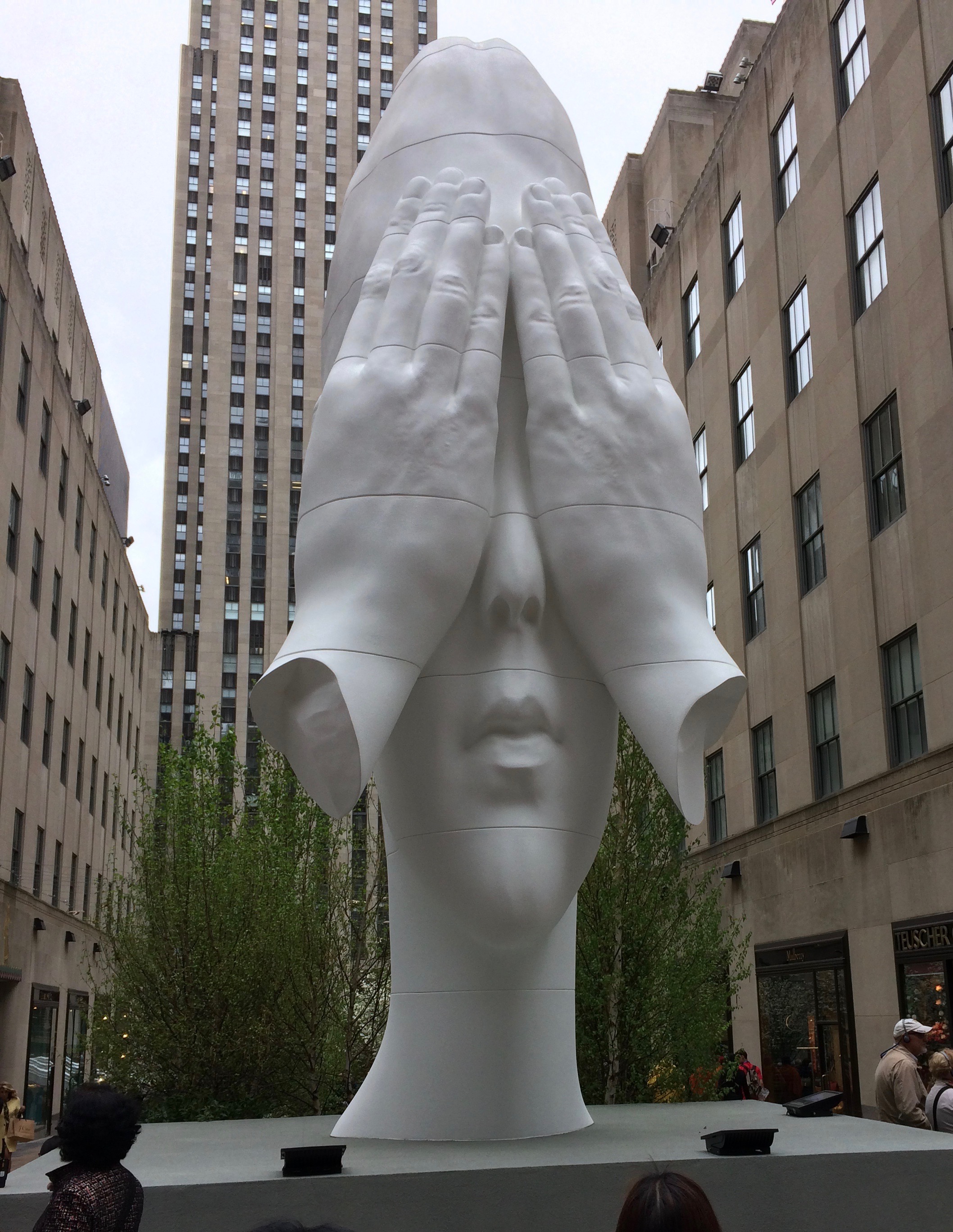I just read a great article on how teaching mindfulness and social-emotional awareness to students improves the atmosphere and learning in a classroom or a whole school. There is also an interesting website (WKCD- What Kids Can Do) that the founding principal of my former school, Dr. Dave Lehman, recommended, which provides student views on how social-emotional learning greatly impacted their lives. I recommend both resources. I also recommend the practice of mindfulness.
In discussing “why practice mindfulness” with people, I frequently say, “Why not?” Most people I know sincerely want to do something positive with their lives, want to help their students or fellow workers and friends. So, why not do it?
“It’s too hard,” some people say. Or “I don’t have the time. How can I fit it in?” It is difficult to rearrange your schedule. That’s often true. But I also know that the times I doubt myself, feel in emotional pain, get lost in worry and anxiety, can take way too much time. Would it be worth putting five minutes into mindfulness so you spend five minutes less worrying?
And five minutes is all you need to get started. After you get up in the morning and stretch, or after you take a shower but before you eat. Or when you get home from work, and need quiet time for your self to let go of or process the events of the day. For five minutes, do nothing but a little mindfulness.
Then some people say, “Mindfulness is just a way to forget pain, forget the oppression in the world, to be selfish.” Acting to reduce oppression, inequity, injustice is important work. But what happens if you can’t recognize how hate, fear, or the desire for revenge affects your thinking? Do you want to have people leading a movement who have no insight into what drives them and little ability to control their emotion? Emotion can be a motivator for action, but it needs to be observed with some clarity and focus so your thinking can be clear and focused. When you do compassion practices, you don’t just develop compassion for yourself. You are readied to act for the well-being of others.
“I don’t know how to do it. You had a background in meditation; I don’t.” It’s true. I meditated for many years before I used it in classes, or used it regularly in classes. However, how many times do you use a technique at work or in a class that you were taught to use but had little experience with? Or you read about but hadn’t tried more than a few times? So, why not do the same with mindfulness and emotional awareness?
One important point with mindfulness is that you practice it on your own, before, during, and after you do it with your students. It’s important that you don’t pretend to be other than who you are. If you are just learning, share that with students. But you need to also open yourself to continuous learning. You take classes. You read books. You find an experienced teacher. And you listen to your students or fellow workers and learn from them how to teach them.
Also, encourage your students to⎼ and do this yourself⎼ study how they respond to different practices so they find ones that develop a clarity of mind and a sense of comfort and autonomy in their body. Instead of pressuring students, invite them to join in however they can. Allow them to sit silently or write in a journal if they don’t feel comfortable with a practice.
You don’t do mindfulness to forget the world. You don’t do mindfulness to improve grade scores or productivity or even to reduce anxiety. You do it just to do it. You do it because of what happens in you when your attention is focused clearly on what you are doing and nothing else. As a result, it just happens to be true that you think more clearly and deeply and you feel better about your abilities. It just so happens that you appreciate your life more.
By taking action to change your life, just doing little things, you learn how to take action in other areas. You learn you can act.
So, how do you begin? One way is to partly or fully close your eyes and just feel your breath. Or do this with your eyes open. Feel the air entering your body. Feel the sensations in your body of taking a breath in, and out. Your body makes slight adjustments with each stage of the breath. Notice those adjustments and changes. How does it feel to breathe in and out?
Or open your eyes. Look outside right now. Here, now, it is morning, and raining. When I look at the sky, I see places that look almost black, others gray and hazy. And one place where a little sunlight appears. I see drops of rain strike the window. Each drop, for barely a second, is one with the window, a tiny dome that reflects what’s around it—colors, shapes. Or put your hand on the window and just feel the window—the temperature, the texture, the hardness or softness, how your hand coheres to the window. If its raining at your home like it is at mine, hear the raindrop against the glass. Notice how you feel when you focus intently on the raindrop. How does it feel when you listen to and hear the rain hitting the window or dropping onto the street or the roof of your house? Just calmly notice what you observe. Then return your attention to your breath.
If a thought arises, notice it like you noticed the raindrop, with open interest. Watch it, then move on to the next moment, of rain or whatever. When you do this, rain will no longer be only something to resist, an interference. Instead, it will be something to observe, appreciate and learn from. By doing this, your life will continuously be something to take in and appreciate and learn from.
That’s one way to begin.
If you’d like more resources, check out my links page and:
Building Emotional Intelligence: Techniques To Develop Inner Strength in Children, by Linda Lantieri and Daniel Goleman
A Still Quiet Place: A Mindfulness Program for Teaching Children and Adolescents to Ease Stress and Difficult Emotions, by Amy Saltzman
Planting Seeds: Practicing Mindfulness with Children, by Thich Nhat Hanh and the Plum Village Community
Compassionate Critical Thinking: How Mindfulness, Creativity, Empathy and Socratic Questioning Can Transform Teaching, by Ira Rabois (Soon to be published.)






